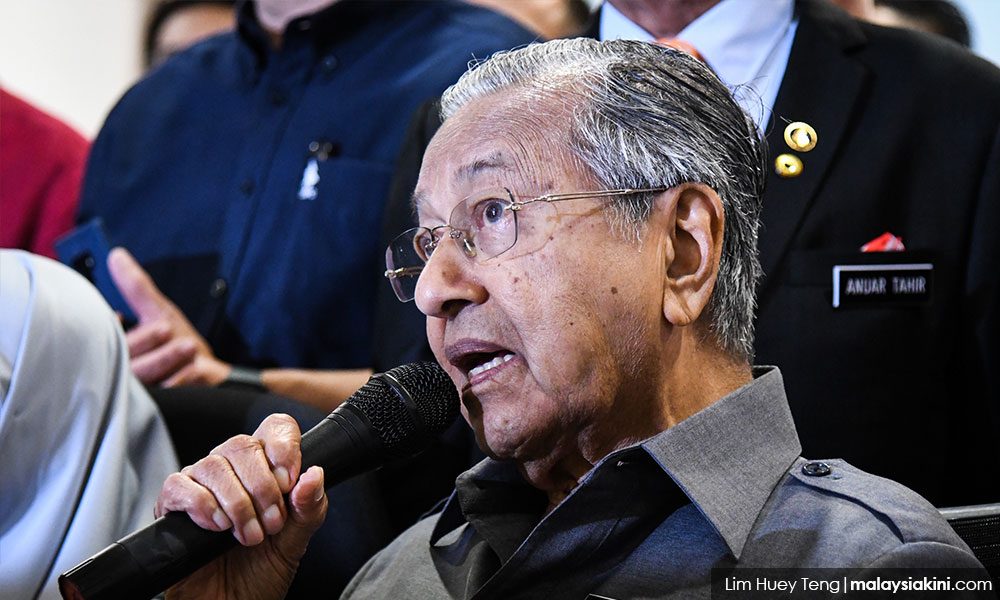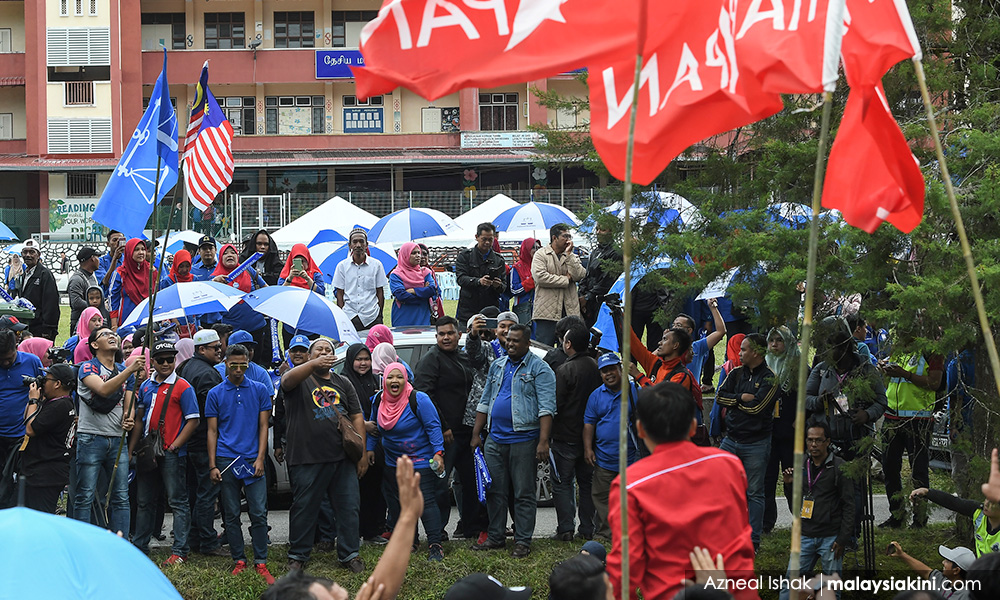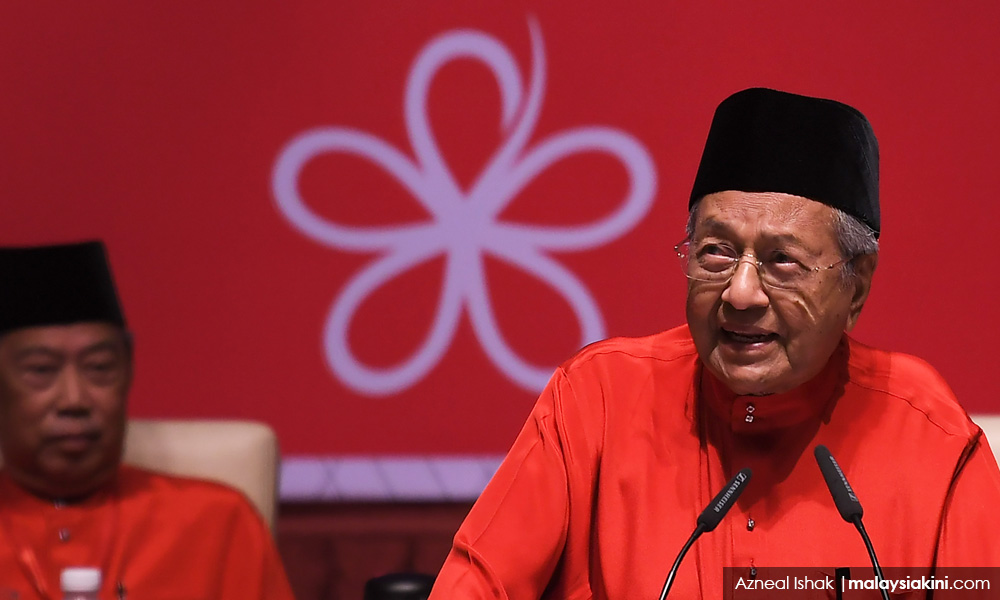
Published by Malaysiakini, image from Malaysiakini.
If any aspiring student in investigative journalism is looking for a heroic figure to combine forensic accounting with fine reporting, Gunasegaram is a maestro bar none. But the compliments stop there.
In attacking Prime Minister Dr Mahathir Mohamed as “faded” and “jaded” Gunasegaram has committed what political scientists called “reification”. What is that?
Reification is when everything is lumped together and considered as a living, functional and breathing entity. State, for example, is often reified as a unity of things. State, in other words, can make peace or go to war, all on the basis of decisions from the very top.
In the mind of Gunasegaram, Malaysia or rather the role of Mahathir in the historical and contemporary chronicle of Malaysia is reified as a unity of one.
He didn’t use the “D word” (dictator), but the tone and tenor of his article was skirting very close to that parameter. Thus, it is his own conclusion that Mahathir’s wealth distribution economic programmes had failed. Indeed, Mahathir failed in two other areas too, according to Gunasegaram. Income did not rise, in fact, income was deflated to allow Malaysia to remain as a low-cost production centre
This is where Gunasegaram lost the context of Malaysia within the region. Malaysia is a country surrounded by surplus labour in China, India, Vietnam and indeed, even Indonesia. Malaysia could not have launched itself into a high-income country. Such a feat would have been an impossible task either in his first tenure (1981-2003) or now.
The unemployment rate of tertiary graduates remains three times higher than normal workers with no degrees or basic academic qualifications. Something is structurally strong in the economy which Mahathir had inherited from the legacy institutions of Abdullah Ahmad Badawi and Najib Abdul Razak.
When Mahathir retired in October 2003, the debt to Gross Domestic Product (GDP) ratio was 33 percent.
By May 2018, when Mahathir took over, the debt to GDP ratio had geared up to close to 83 percent of the GDP.
Close to US$15 billion has either been splurged on the wrong projects, such as the East Coast Railway Project, or, were not being built at all. In the case of Abdullah Ahmad Badawi, almost nothing has been heard of the North, South, East and West Economic Corridors since he left office.
Mahathir has been given a gigantic task to turn things around and eight months is hardly enough to re-engineer and recalibrate the economy when all the key culprits of kleptocracy have not yet been nabbed. Najib’s trial will only begin in February and March this year.
When things have been a complete mess since 2004 – a full fifteen years – it would neither be fair nor accurate to square all the blame on one prime minister. The rot was systemic and will remain systemic unless Malaysia can go to the roots of corruption all across the government-linked investment companies and government-linked companies which number close to 1,000. They dominate 70 percent of the KLSE.
One can, of course, blame Daim Zainuddin, too, as he was once the Minister of Finance. And Gunasegaram did attribute part of the fault to Daim.
But one should note that even Daim himself had conceded in 2005 that Malaysia had made a huge mistake by keeping the labour cost low. Such a false step was accentuated by the legal and illegal import of some seven million workers.
Mahathir is caught in a tight spot due to the excesses of the previous kleptocracy and the complexities of attracting more foreign direct investment (FDI) into Malaysia when US and China are entwined in a trade war which has yet to relent and probably will not let up by the end of March.
Gunasegaram is a sharp analyst on most measures. He deserves due respect. But when “reification” and “simplification” become the twin templates by which he understands Malaysia and Mahathir, it could well mean he has been out of the loop on corporate Malaysia completely.
It is always easier to write and comment on issues. It is more challenging to lead a campaign successfully in liberating the nation from draconian kleptomaniacs and authoritarianism.
It is a little bit more difficult when the one who leads the team to the battle is 93 years old! Yet he perseveres relentlessly in fighting to save this nation. And yes, Rome was not built in one day.
Dr. Rais Hussin is President & CEO of EMIR Research, an independent think tank focused on strategic policy recommendations based on rigorous research.

